Click the link below to hear the piece.
He Sits, Spinning
£7.50 – £10.00
Description
My inspiration for composing this piece came from the following quote by Mahatma Gandhi: “The only tyrant I accept in the world is the still small voice within me.” Mahatma Gandhi’s spinning related closely to his non-violent advocacy on behalf of the poor. It was important to him that his actions and lifestyle accurately reflect his strong convictionsconcerning justice and equality. His work at the spinning wheel is explained in the following two quotes from an article entitled, The Mother in the ‘Father of the Nation’ by Vinay Lal: “The constant rotation of the spinning wheel, though it might have suggested stagnation to some, was to Gandhi a profound illustration of the sustaining power of women,….” -and- “By taking upon himself the task of spinning, Gandhi sought to draw attention not only to the plight of Indian households, which had been stripped of their earning capacity by the heartless introduction of mechanization but to the exemplary role of women in keeping the household afloat through their daily efforts at spinning.” It seems that the act of spinning on a spinning wheel can be done for many different reasons. For my great-great grandmother in rural eastern Canada, it had to have been unavoidable physical labour. For Gandhi, it was something he did by choice and his act of spinning eventually came to take on political meaning. Spinning is always creative; productive; mesmerising in its constant, repetitious motion; comforting in its regular, rhythmic movement and, conversely, disturbing in its irregularity, its ebbs and flows, its sudden increase or decrease of speed. This short piece of music is meant to evoke an image of Gandhi as he works at his spinning wheel and thinks about the state of the world. This spinning can be heard, in varying motives, tempi and instrumentation. Shortly after it begins, the most obvious spinning motive is passed back and forth between the oboe and the piano and then, finally, the two instruments play it together in close imitation. Later, the spinning is interrupted by a free, chant-like part which represents Gandhi’s voice as he yearns for world peace. In order to create tension and a sense of unpredictability in my music, I like to employ what is known as the “cross-relation” or “false-relation”. This used to be considered a compositional crime and is committed by combining a note and its chromatically altered note (i.e. sharpened or flattened) in different “voices” within the same chord or within two adjacent chords. It creates an excruciating dissonance or “crunch”, as we often call it and sounds remarkably like wrong notes to the casual listener. I have therefore sprinkled them lightly throughout the piece. After the chant-like part, the spinning returns and we quickly move on to the most dramatic part of the piece, a solo oboe cadenza in which the spinning is at its most intense. This passage of music is very rhythmic and, especially at this fast tempo, presents the oboist with the challenge of having to bring out the accented notes while keeping all others relatively inconspicuous. Once the cadenza finishes, we return to more contemplative spinning until the end, when the wheel gradually slows to a stop. He Sits, Spinning had its world première by Joseph Salvalaggio (oboe) and myself (piano) at a concert of the Memphis Chamber Music Society, Memphis, Tennessee, USA on January 18, 2004. -Beverly Lewis
Additional information
| composer | |
|---|---|
| instrumentation | |
| Select an Option | |
| skill-level |
You must be logged in to post a review.

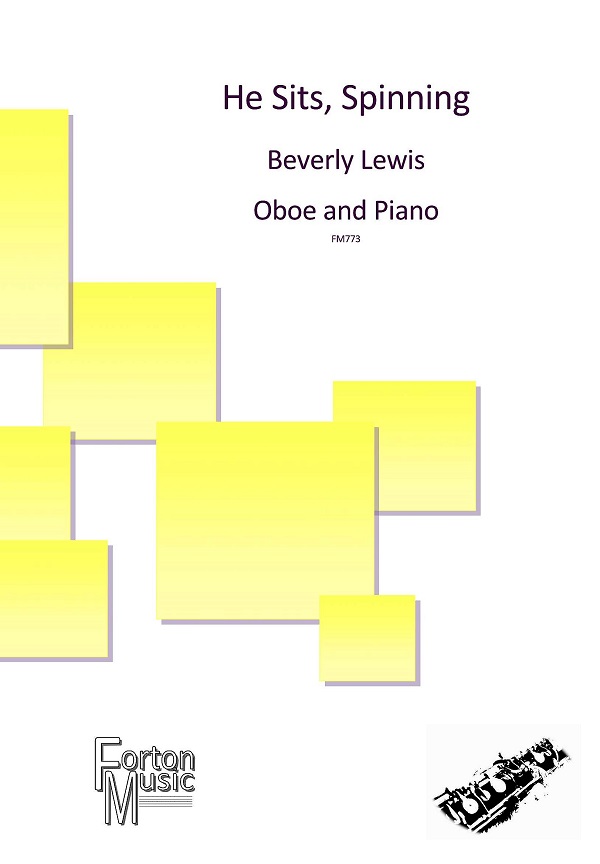
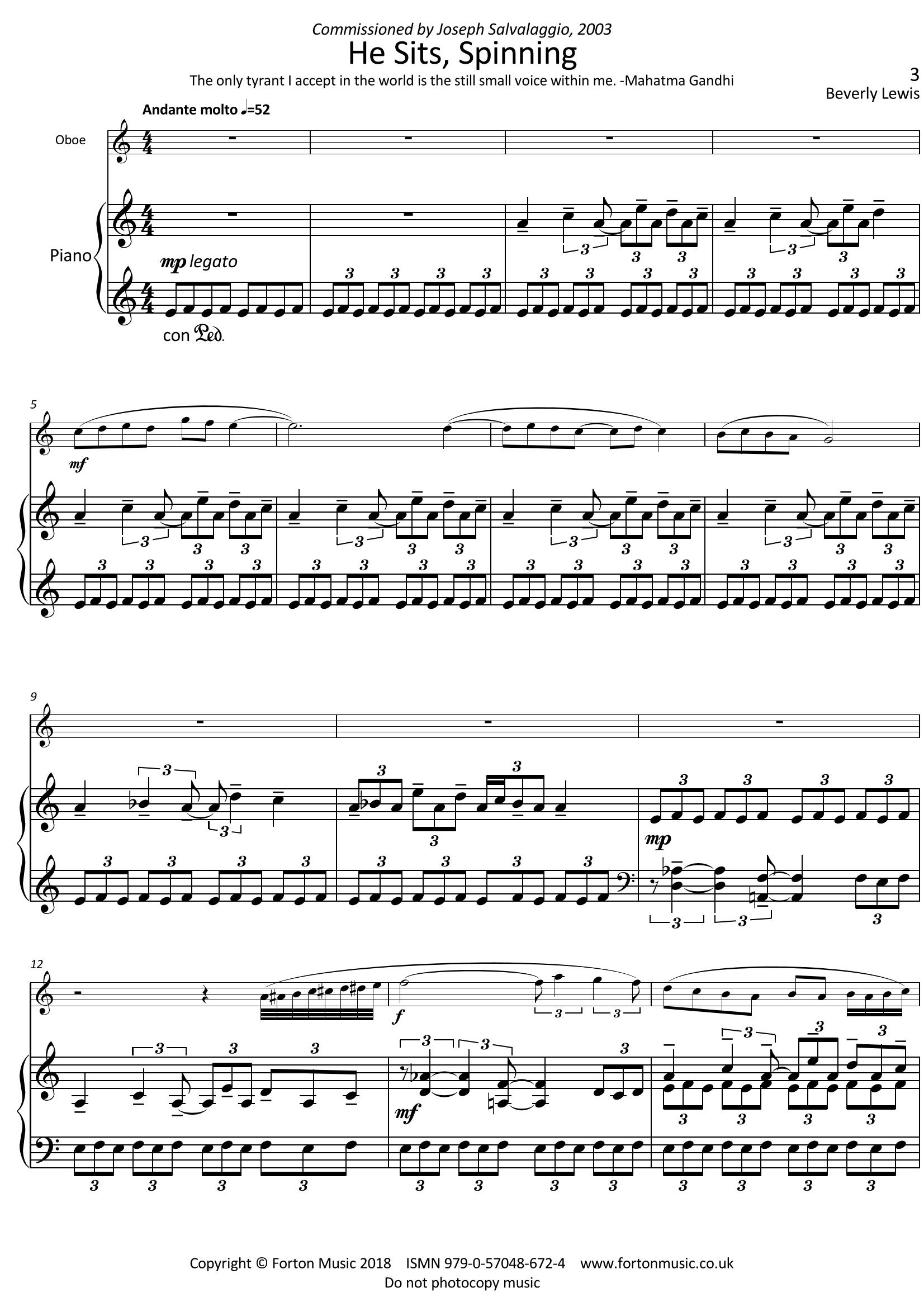
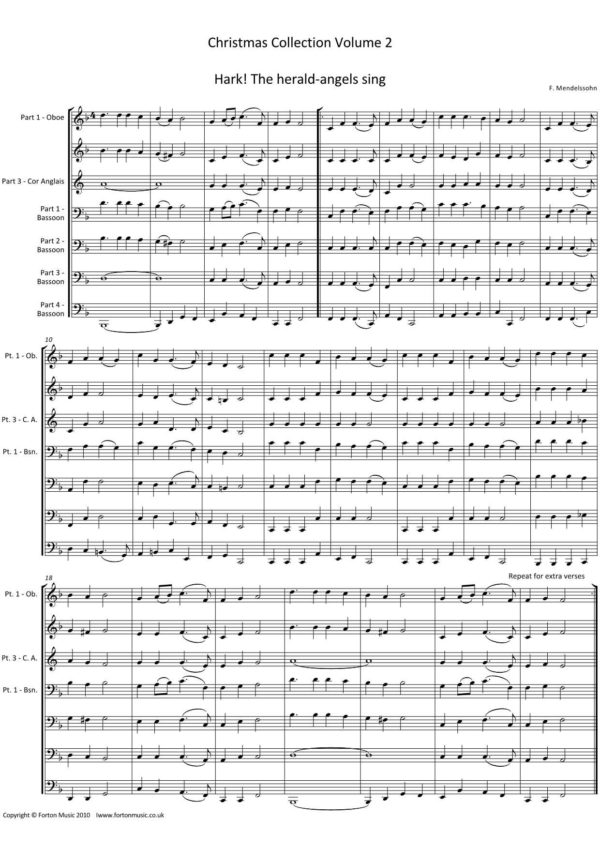
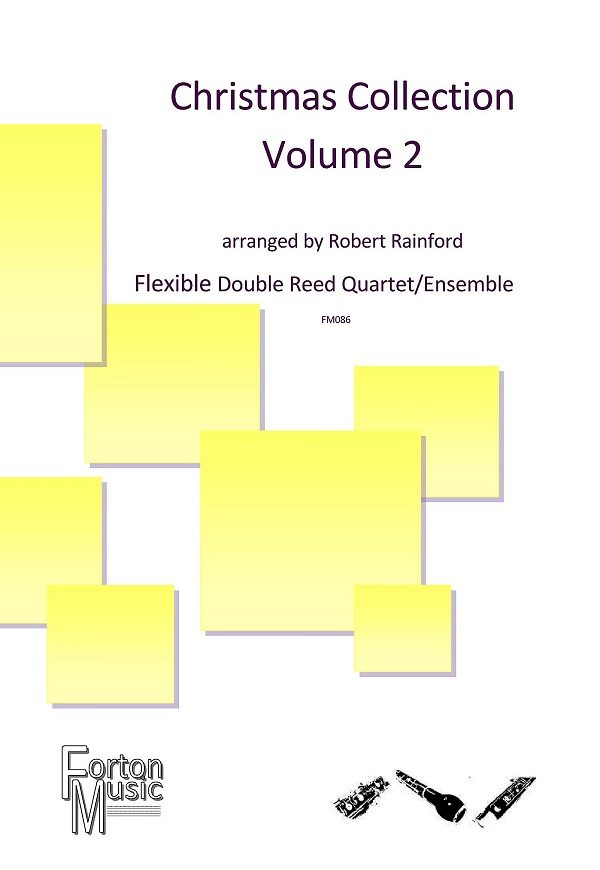
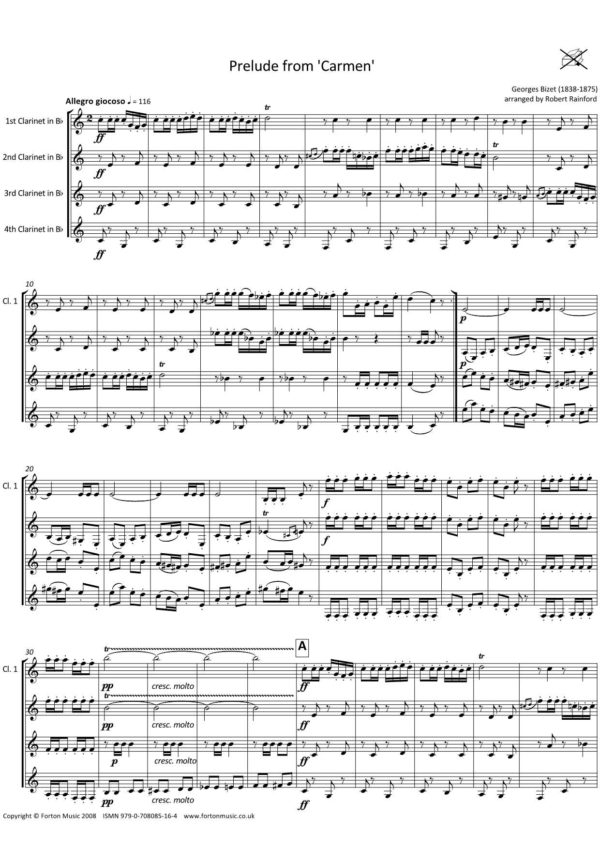
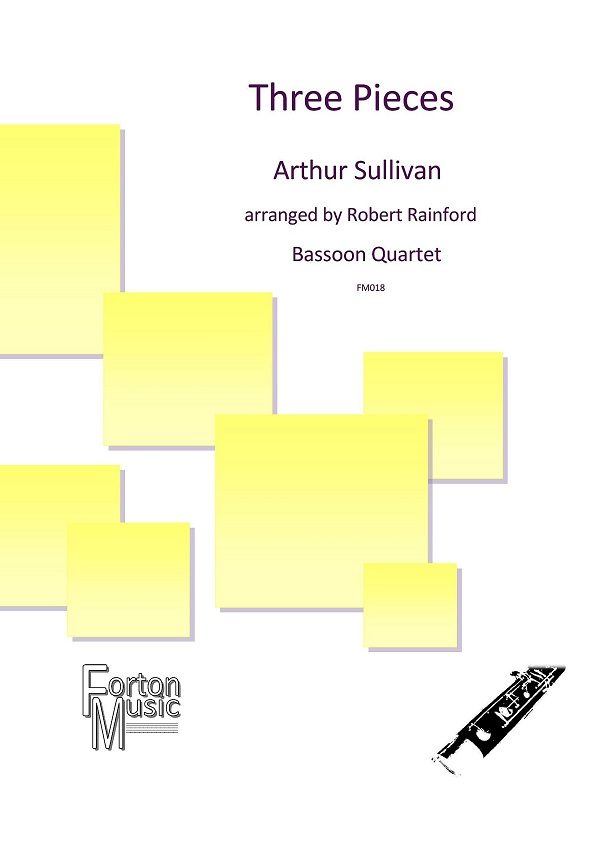
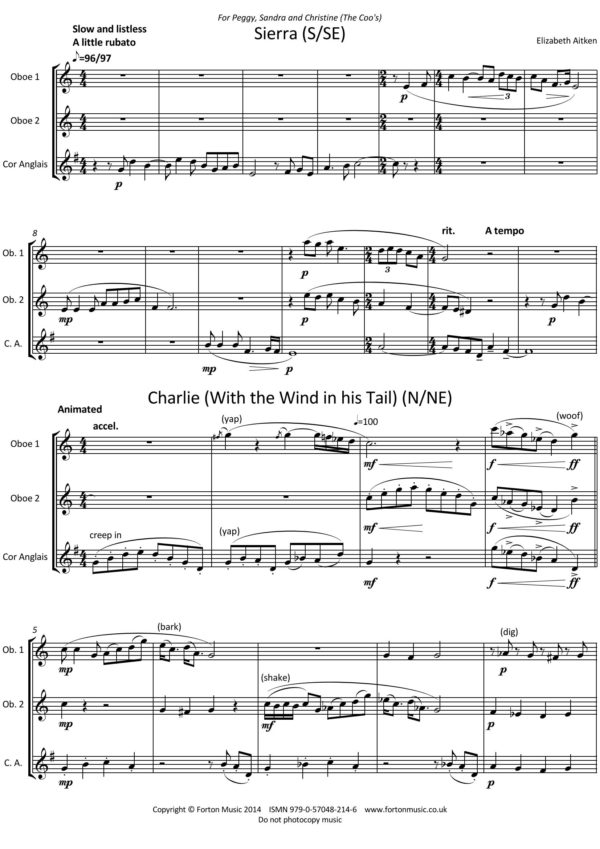

Reviews
There are no reviews yet.